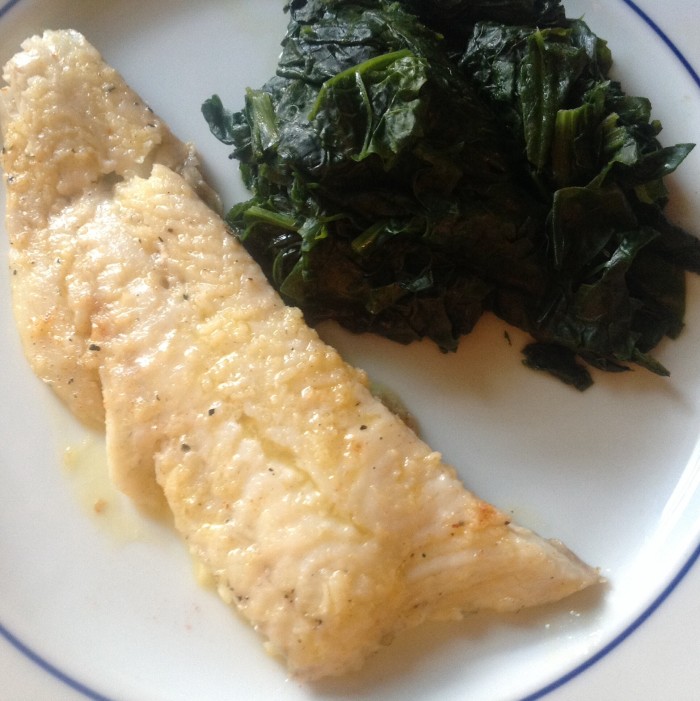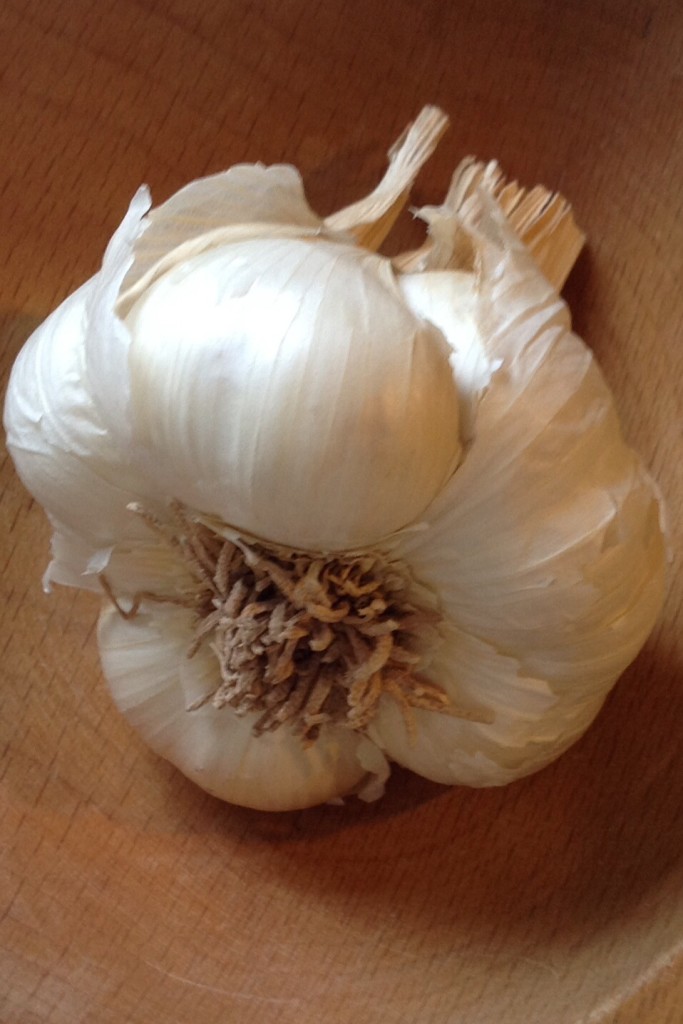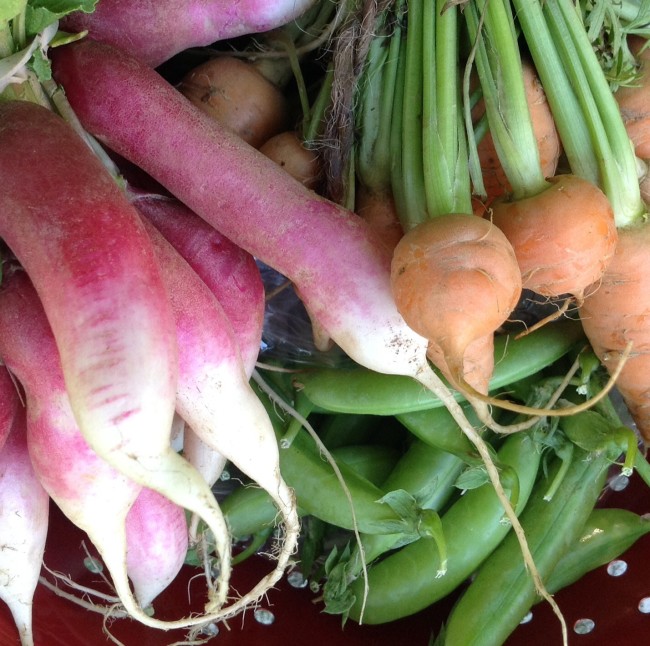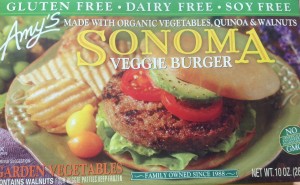I had planned to start putting down some preliminary thoughts on a controversial issue GMO and then my CSA box arrived with 8 pounds of tomatoes. OMG!
One weighty issue immediately replaced by another weighty issue. They were big ones 13 – 14 ounces / 370 grams each. We can’t eat that many tomatoes in one week so now what to do?
I’ve done canning in the past but it’s a hassle and I can’t even remember who my canning equipment got donated to. So I pulled out the iPad and went to work. Pulled up a Household USDA Food Facts Sheet on fresh tomatoes.
• Tomatoes should be stored in a cool, dry place. Do not store in a plastic bag. Store in a single layer, as stacking tomatoes may cause them to become mushy.
• Fresh tomatoes may be frozen whole, chopped, or sliced. Wash tomatoes and remove the stem, store in a tightly closed plastic bag, then freeze up to 8 month
That’s it. I’ll freeze them. Minimal labor, easy, quick, and I have some extra freezer space. All I need is some fresh basil, my trusty tomato knife, a good scrubbing brush, ziplock bags, and some discretionary time.
First step was to wash and scrub well. Remove the core and outside blemishes. Need to work quickly to preserve freshness. Each day they sit on the counter increases risk of further deterioration.
The whole process took me about 40 minutes. Two chopped tomatoes plus a handful of basil per bag. Push out the extra air, zip it up, weight it, and put it in freezer. I ended up with five bags 700 grams / 1.5 pounds each. Cheaper and better than a brick pack and did it myself.
Tomatoes come in with a vengeance this time of year, but those bags are going to look pretty good over the next couple of months. Do I need to count them as processed food? Yes, technically that’s exactly what they are. I’ll settle on minimally processed.
Now for that other weighty matter. Tomatoes got me to thinking about availability. With a seasonal crop that only comes in once per year, cooks need to make adjustments. During the winter when tomatoes are out of season here in the North East I fall back on hydroponic tomatoes usually from Canada. Then I got to wondering. Do you suppose anyone has ever tried to genetically modify a hydroponic tomato for increased flavor?










